radio silence
My capstone piece is a long-term multimedia collaboration project between myself and four of my close friends and fellow students. Through the use of post production editing, I aim to highlight and, at times, negate the immense distance between all five of us as we dance both together and apart. My piece aims to heighten the destabilizing and isolating experience of quarantine and the modern digital world by keeping the audience disoriented throughout the performance. Locations, voices, and sounds drift through undefined digital space and time; The only constant is movement.
Introducing Aggie
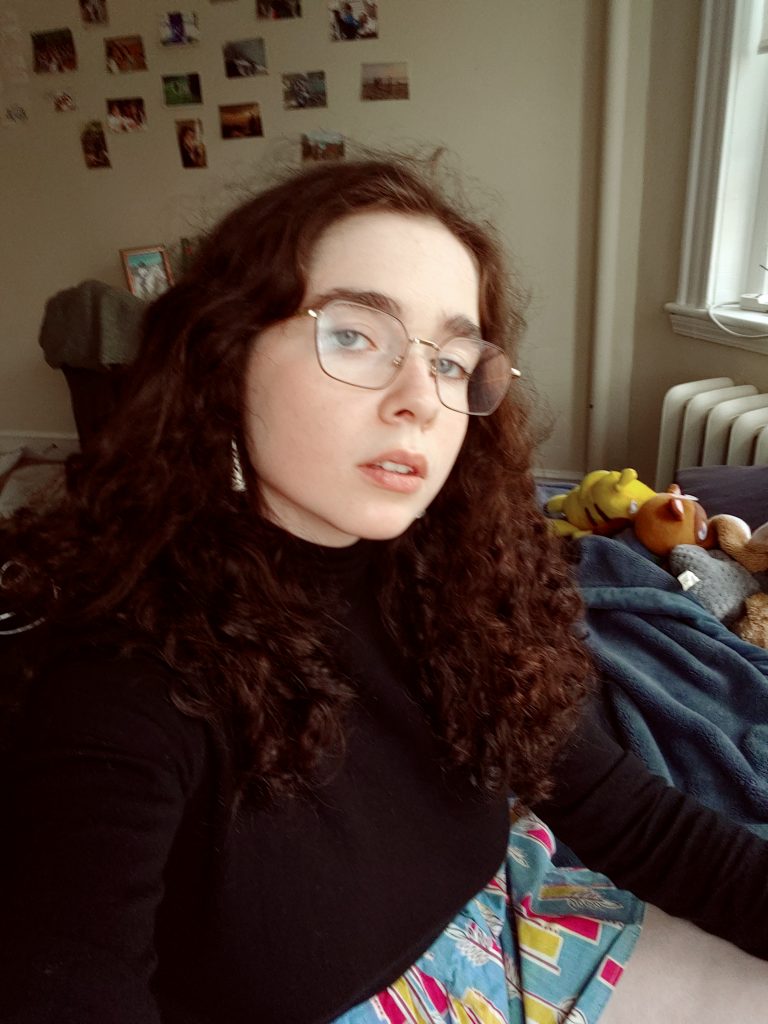
Aggie Johnson is a dancer and choreographer from Brooklyn, New York, currently based in Massachusetts. She is pursuing a B.A. in Dance with a concentration in performance and choreography. While they mainly have experience in modern, they have also explored contact improvisation and breaking. Since the beginning of their participation in Five College Dance, they have worked with choreographers including Barbie Diewald, Cara Board, and Sienna Jessurun. Their recent works include Triple in 2019 and an unfinished product interrupted by Covid-19 in 2020. Aggie’s creative process is focused around the comfort and participation of the dancer, with a particular emphasis on collaboration and transparency. Her current work centers around the uncanny and feelings of isolation and disruption. She achieves this using bold, angular shapes, athletic movement, and contrasting tempos. Through this work she seeks to explore the complexities of day to day existence in a world where nothing is certain and the status quo is one of constant change.
Introducing the Cast
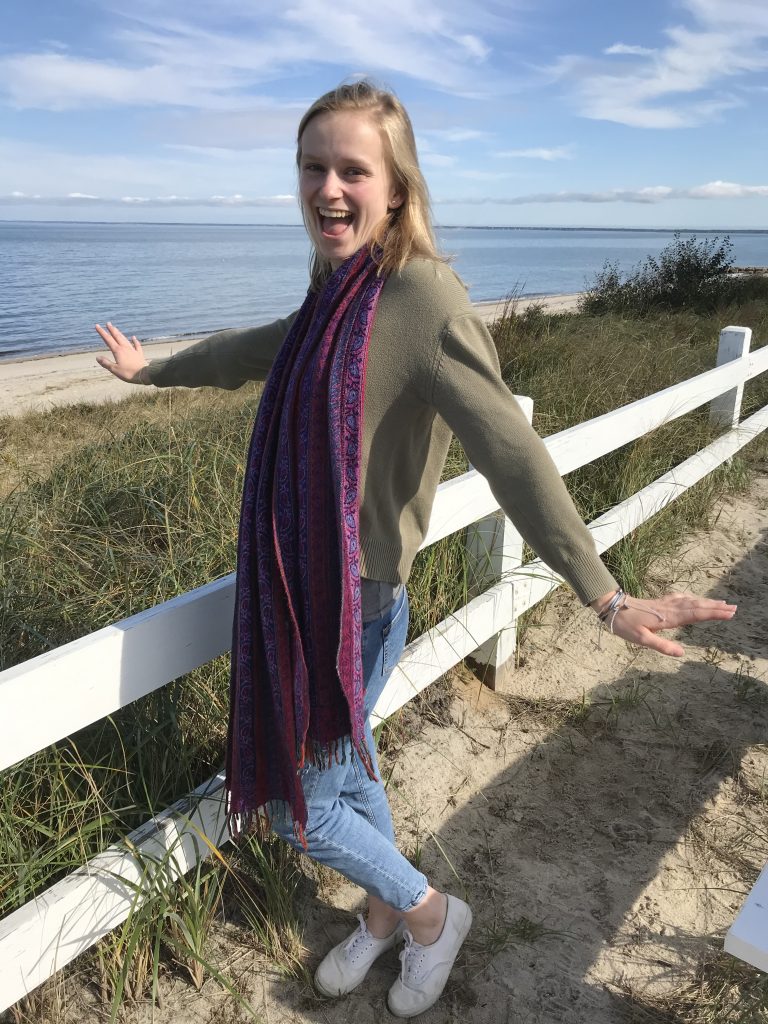
Sophie Clingan (she/they) is a junior from Harwich, Massachusetts. She grew up heavily involved in theater and danced as a young child in modern, tap, ballet, and jazz. She is particularly interested in contact improvisation as a form for building trust and community. Sophie is passionate about community, connection, care, and is hungry for knowledge and new understandings of how this world can work.
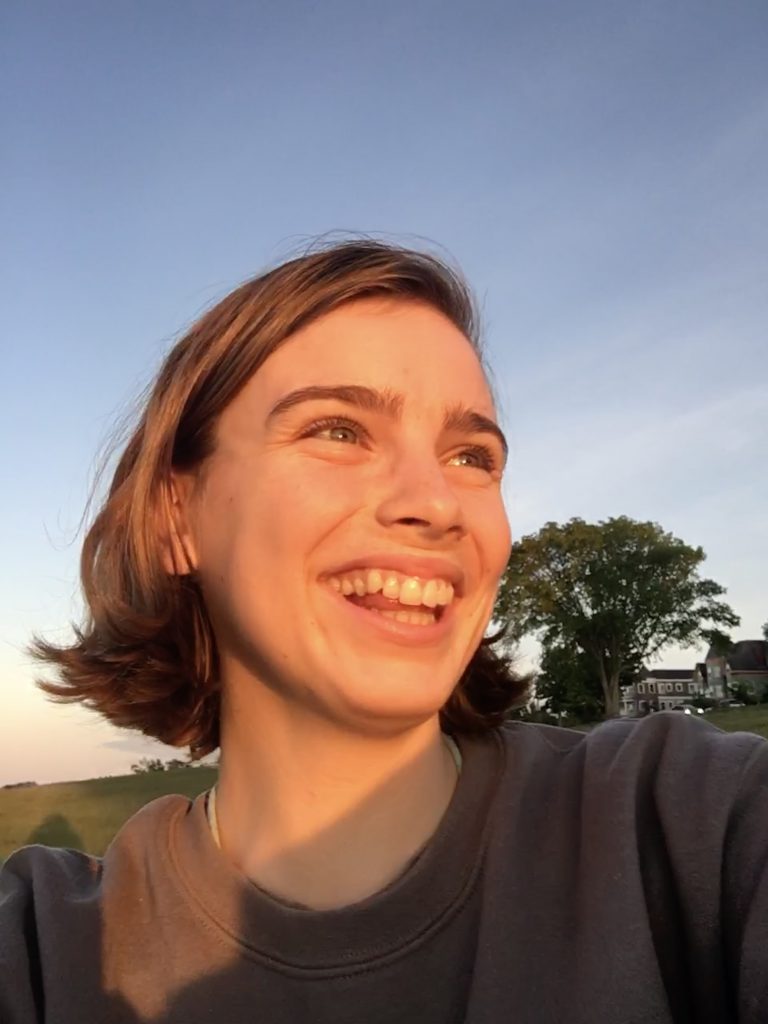
Evelyn Kirby is a senior at Mount Holyoke College studying Gender Studies and Politics. She is from Portland, Maine and grew up dancing in a variety of styles and forms. Evelyn’s dancing practice explores queerness in relation to past, present, and future.

Miranda Lawson (she/her) is a junior at Mount Holyoke College and began dancing at the age of three training in many different styles including; tap, jazz, hip-hop, ballet, modern, contemporary, and gymnastics. She has spent her other summers involved in programs such as Bates Dance Festival, Urbanity Dance’s Summer intensive, American Dance Festival and a residency with TU Dance at MHC. She spent three years training and performing with Contemporarily Out of Order Co. under the direction of Wendy O’Byrne and recently began teaching dance at her home studio. She has been focused on creating work that is enjoyable for both audience and dancers without having to create a deep meaning or story, though she deeply appreciates work that does that. She sometimes needs to be reminded that dance making does not need to be so serious all the time and works to invite fun into her process.
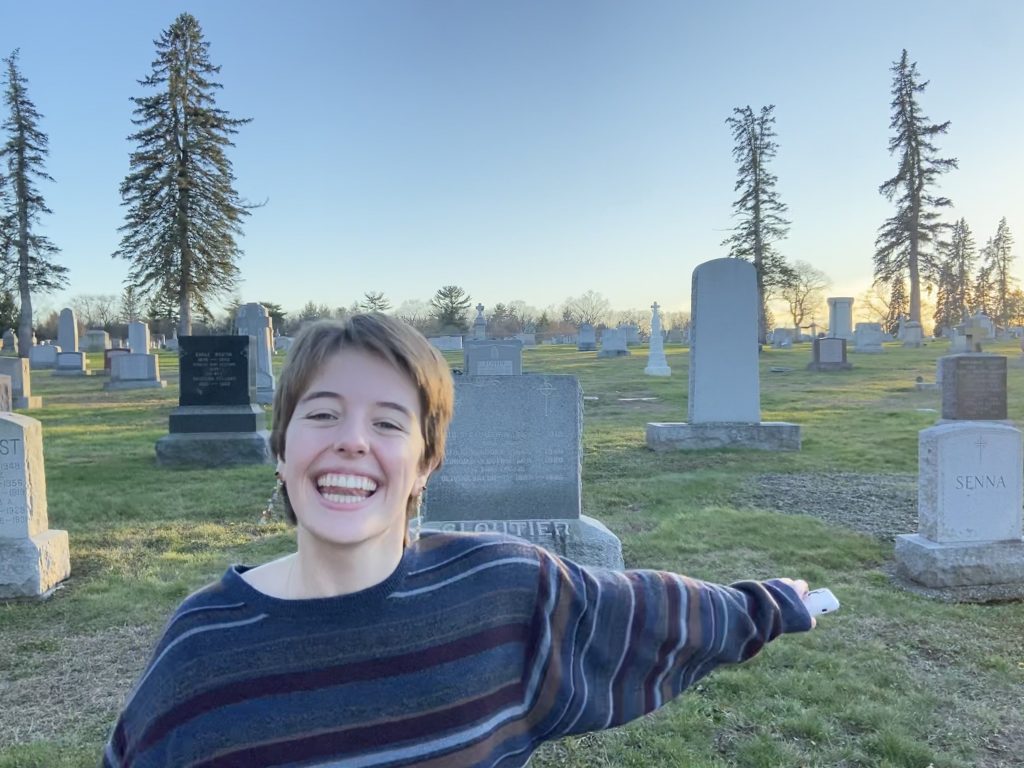
Sam Murray (she/they) is from Montpelier, Vermont, and is a sophomore studying dance and biology. They are interested in intersections between neurodiversity, disability, and dance.
Artist Statement
Grounded in the temporality of November, 2020. Offered with humility and thankfulness to my process, though it has shifted very far from what I imagined this time last year.
I choreograph because I love to dance. I am interested in defying expectations, moving beyond comfort levels, and building strong interpersonal bonds. I focus on angularity and moments of extension and contraction with the aim to draw attention to unattended things- the outside edge of an elbow, the underside of a chin, the unseen cathedral of a ribcage. I make space for questions, and encourage confusion and conversation. A piece does not flow from my brain only, but is collaborative and multi-faceted, as all participants in the process may add their voices. I believe that all dancers should have agency in how they use and display their bodies in rehearsal and performance. I welcome feedback and advice from my collaborators; It is my main goal that no dancer is forced into positions which are painful either physically or mentally to them. Through my work, I emphasize that performance is not the culmination of a process, but a milestone in one.

Portrait of the Artist
graciously written by Izzy Kalodner, and abridged by Aggie
Aggie loves not planning rehearsals. I was lucky enough to have a taste of that about a year ago, when I worked with them as well as Evelyn and Miranda as part of their 2019 work Triple. A piece about Tonya Harding, the ups and downs of the skater’s life that Aggie focused on–especially the moment of extreme exhilaration after Harding hit her triple axel–certainly mirror Aggie’s new topic. In a world gone wrong, how do you reorient yourself? How do you contemplate things going right? How do you prepare for the next big twist in your life?
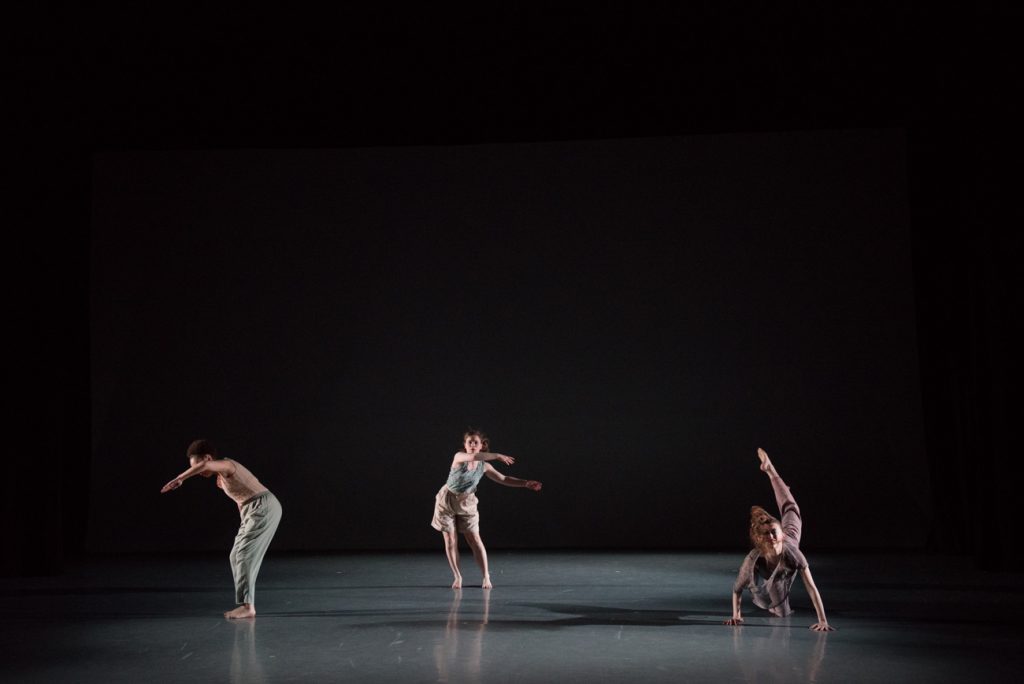
I especially couldn’t help but notice Aggie’s continuing tendency to pick a moment and hold a shape, imbuing it with a new sense of emotion and feeling. We talked, shortly, about my interpretation of this focus on holding shapes. In the beginning of Triple, there was a long moment where Miranda, Evelyn, and I are all holding onto each other, as well as holding a ‘pose’, For me, it was less of simply holding, and more of a holding of something–in the moment, thinking about the voice playing over the speakers, and my physical connection to the other dancers, and the breaths I was taking. Aggie smiled and nodded to my insistence that this was more than a pose, it was a container for something, and proceeded to tell me that they loved weird shapes. “I think a shape can be so powerful,” they said. Movement can be cool, but a singular shape, held and deliberate, can be something a fresh audience can refer to. “I remember that moment when the dancer went like this!” Aggie said exuberantly, tilting their head and angling their arms. Funnily enough, I remembered that specific moment too.
Acknowledgements:
This piece would not have been possible without the aid and support of many, many people. I would like to formally thank not only the four dancers shown in my piece, but also the following:
- Barbie Diewald, for your immense support, patience, and seemingly endless well of good ideas
- Katherine Kain, for your sunshine, your warmth, and your laughter
- Izzy Kalodner, for your time, your beautiful words, and your shrewd eye
- India Schill, for your spontaneity and your driver’s license
- Maeve Bleistein, for your love